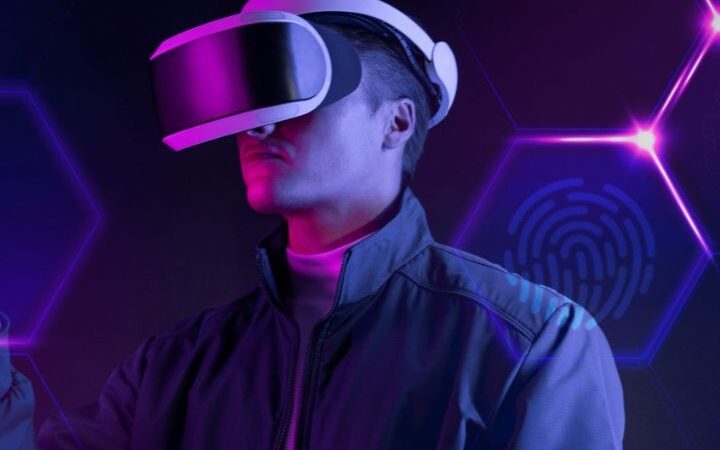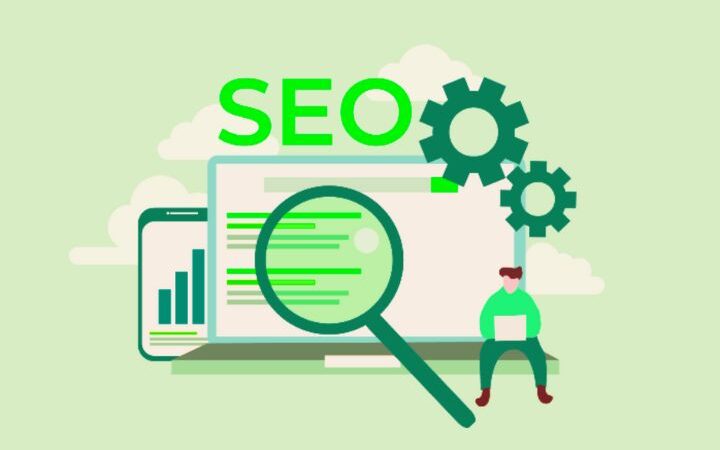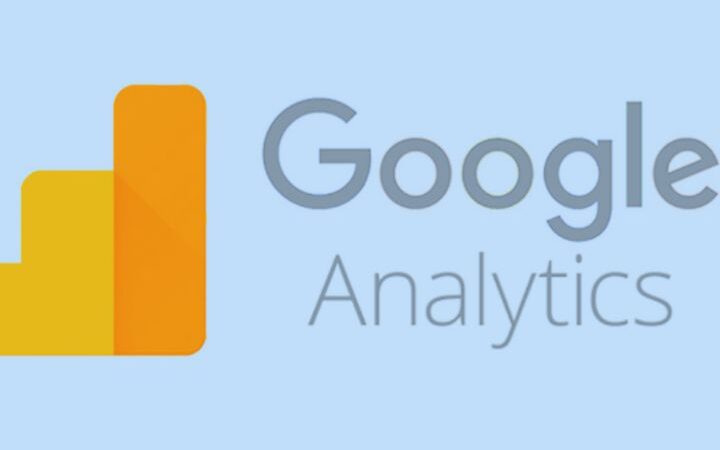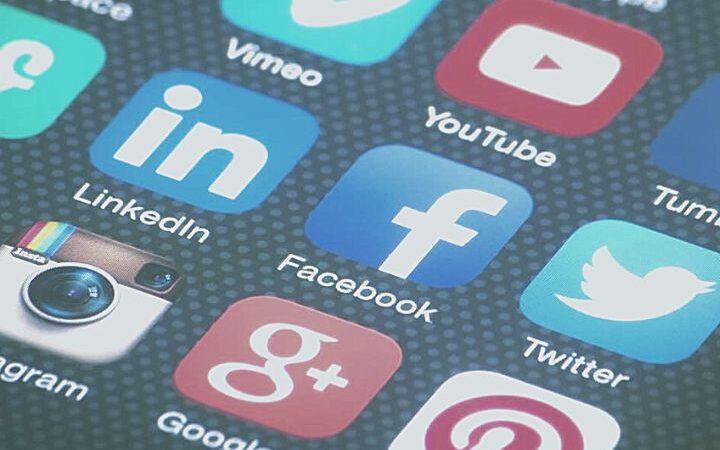Top Ten Trending Technologies that can bring a huge demand in the software industry
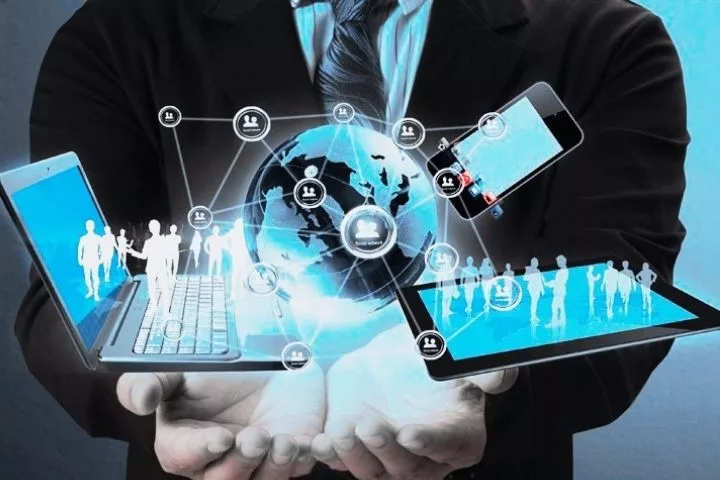
# 1: Autonomous objects
We dreamed of them; they are now (almost) omnipresent: autonomous objects – to be distinguished from connected objects, are defined by their ability to govern their actions in complete independence, but always according to the directives given to them.
No uprising of the machines in sight, rest assured!
Their autonomy is based on two crucial topics: artificial intelligence and machine learning, involving different degrees of autonomy depending on the needs of the user and the company and therefore learning on the part of the autonomous object.
Given the growing number of sectors that rely on them, we bet that autonomous vehicles, virtual assistants, and robots of all kinds should once again be on everyone’s minds this year.
# 2: Augmented Analytics
BI, data management, integrated analytics… In its top 10 forecasts on the evolution of analytics, Gartner highlights the coming age of artificial intelligence present in almost all tools.
Augmented analytics is, thus, along with artificial intelligence and continuous intelligence, among the three technologies capable of disrupting the data processing and analysis sector.
This next wave of innovation will, according to the firm, change the market.
# 3: Development driven by Artificial Intelligence
These are the tools, technologies, and best practices to integrate artificial intelligence into applications and use it for the creation of tools integrated into development processes.
The modernization of AI remains for Gartner one of the biggest technological trends to come: the most disruptive technology will indeed be increasingly available thanks to cloud computing, open-source, and the community of creators.
If the early adopters continue to benefit from its developments, the big change will be its availability to companies and the general public.
# 4: Digital twins
A digital twin is a digital representation that reflects a real-life object, process, or system. The digital twins are made up of data and algorithms and can be linked to the real world via sensors.
Digital twins are the basis for the processes of Industry 4.0. The share of companies that rely on the IoT (Internet of Things) and choose to set up digital twins is growing much faster than expected.
# 5: The reinforced Edge
Process and collect information, and distribute content as close as possible to information sources according to the idea that local traffic will reduce latency: the Edge is another area of the IoT solution that will be invested in the years to come.
An intelligent surveillance camera will thus be able to report a break-in without the video being initially transmitted to the platform, thanks to the reduced latency time.
To stabilize the milling edge/plaster edge, a 3 mm glass fiber rod can be worked into the Edge using a special milling process. By inserting the rod, the plaster edge of the molded part is extremely precise and resistant.
This ensures that edges and corners do not burst out if they are hit. This eliminates the need for time-consuming repairs.
# 6: Immersive technologies
Augmented reality (AR), mixed reality (MR), virtual reality (VR): alongside conversation platforms modifying user interactions and their perception of the world, immersive technologies remain at the center of analysts’ concerns, for example. Their potential for increased productivity.
# 7: The Blockchain
The research firm believes that CIOs must be clear and explain to executives and leaders the opportunities and challenges presented by blockchain.
It is, therefore, a question of developing proofs of concept to assess its value in business. Because while Gartner has remained very cautious when it comes to blockchain assessments, it now believes that distributed ledger technology is capable of transforming the operational functioning of companies within five to ten years.
# 8: Smart spaces
“Smart spaces” are more and more integrated into everyday life: these physical or digital environments designate the ecosystems within which humans and technological systems interact.
These are always more open, connected, coordinated, and intelligent, and Gartner pledges that they will be propelled into a phase of accelerated diffusion.
# 9: Digital ethics and privacy
The subject is hot, as users and states increasingly worry about the value of their personal information and its use by both private and public entities. Like Gartner, we bet the trend is here to stay.
# 10: Quantum computing
Computers that rely on a highly parallel and evolutionary model of computation and on the quantum state of subatomic particles that represent information in the form of quantum bits (qubits): quantum computing is no longer science fiction no more.
Quantum computers have the theoretical power to work on millions of calculations at once, which could be a revolution for many sectors and industries.


